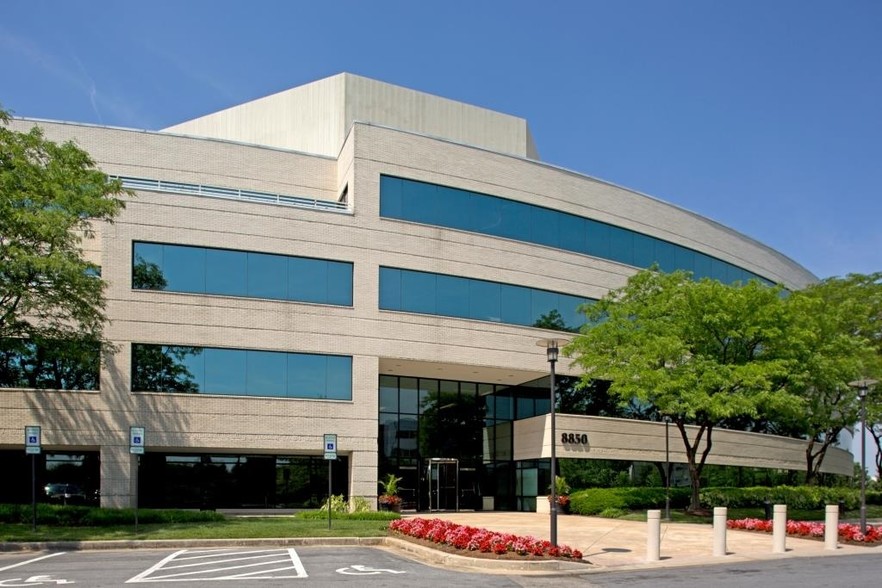
June 18, 2020 – The Howard County Council has passed legislation that applies COVID-19-related restrictions on rent increases for commercial properties.
Councilmember Liz Walsh sponsored Council Bill 33-2020 and included commercial properties because of her interest in shielding businesses in Ellicott City, which have experienced two devastating floods in addition to the COVID-19 pandemic. The bill prohibits rent increases for residential and commercial leases during the Governor’s declared state of emergency and for three months afterwards. The bill includes a section specifying the conditions of a rent payment plan that have caused some observers to predict it will disincentivize rent abatement for commercial tenants. Although not specifically stated, the legislative intent is that the bill does not apply to step increases in rents that were in existing leases.
To date, Howard County is the only Maryland jurisdiction to enact pandemic-related controls on commercial rents, although other jurisdictions have considered such measures. Four Maryland jurisdictions — Baltimore City and Montgomery, Howard and Anne Arundel counties — took up legislation imposing COVID-19 related rent and lease restrictions.
The proposed resolutions were reactions to spiking unemployment in the state. It took only eight weeks for 500,000 Marylanders to lose their jobs due to the COVID-19 emergency. During the Great Recession, it took 74 weeks to reach the same level. As non-essential businesses closed and revenues abruptly stopped, tenants, building owners and banks struggled to work out critical legal, practical and financial issues to maintain liquidity and the ability to reopen.
NAIOP Maryland members acted quickly to successfully advocate against adding commercial leases to the Baltimore City bill. For Anne Arundel County’s legislation, we worked with the bill sponsor to remove commercial rents from the bill prior to introduction. Meanwhile with the Montgomery County legislation, we worked through the legislative process to ensure commercial leases were not included and supported efforts to allow nominal, 2.6% rent increases to pass.
In each case, elected officials saw commercial leases and commercial landlord–tenant relationships as far different from residential relationships. Even when faced with the challenges of COVID-19, there are legitimate reasons for the tenant and building owner to agree to an increase in commercial rents, such as expansion of square footage, building improvements, COVID-19-related safety modifications, resetting a below-market rate or preexisting step increases.